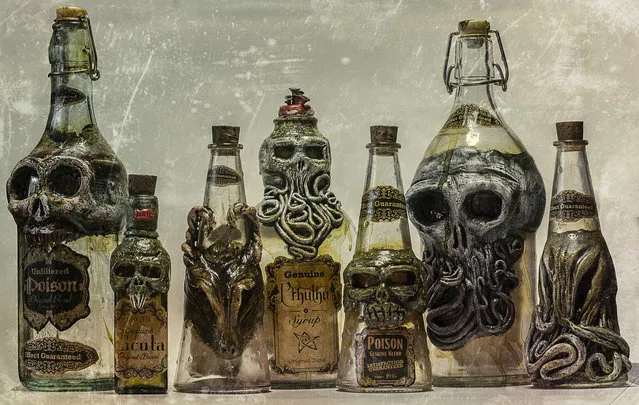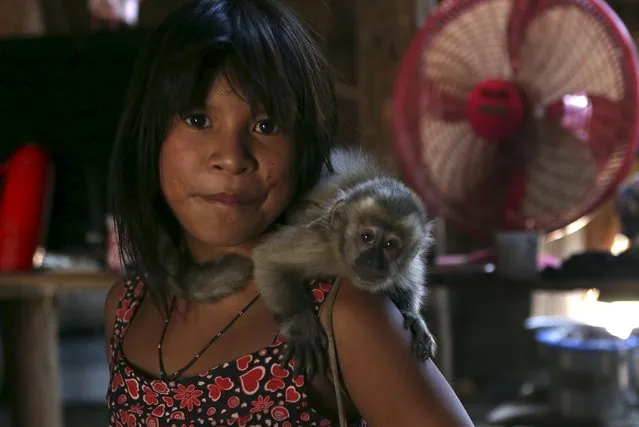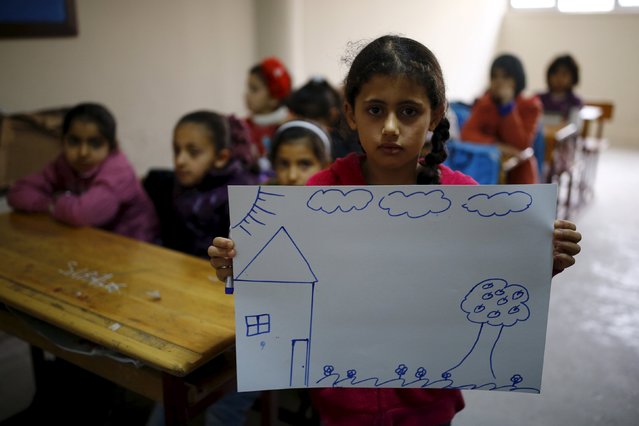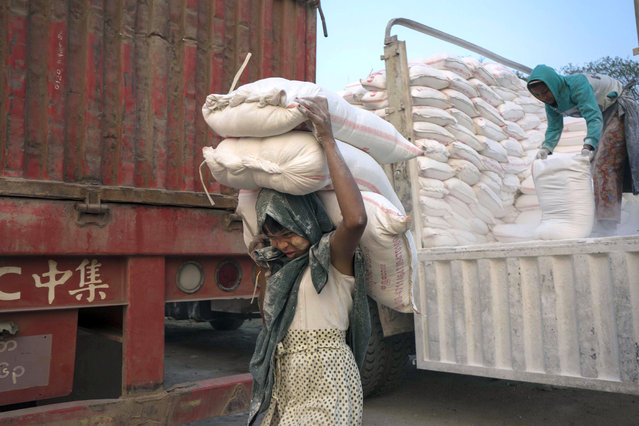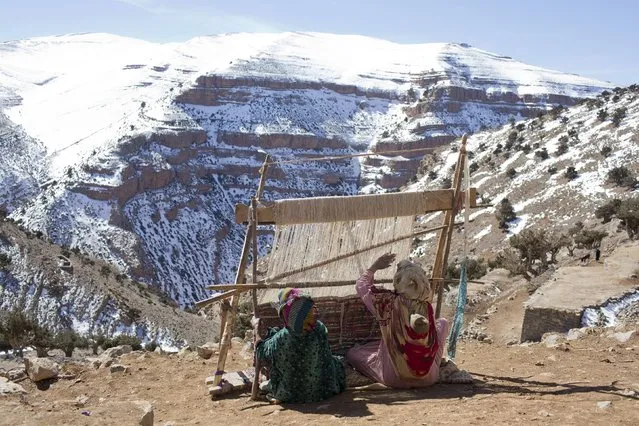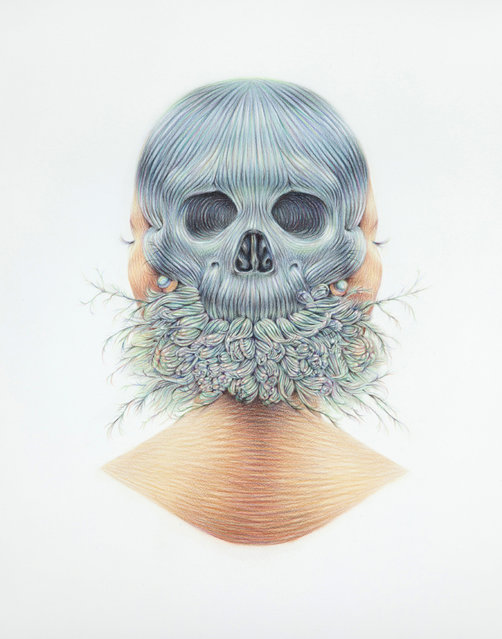
Winnie Truong was born in Toronto, where she still lives, and received her BFA in painting and drawing from Ontario College of Art and Design.
Using pencil, crayon, and chalk pastel on giant sheets of paper, Truong creates portraits with great detail. Her aim is to explore notions of beauty and discomfort and, inspired by science fiction, she portrays hair in all its ‘whiskery, wispy, curly, bristly’ brilliance.
07 Jun 2015 10:44:00,post received
0 comments

